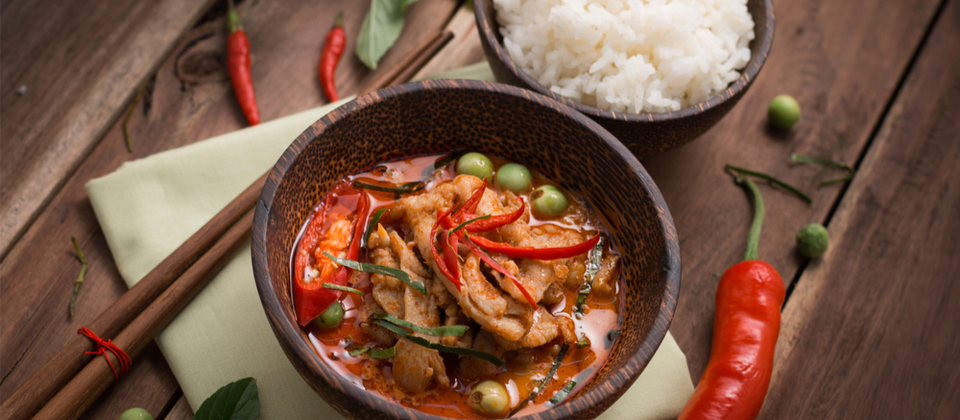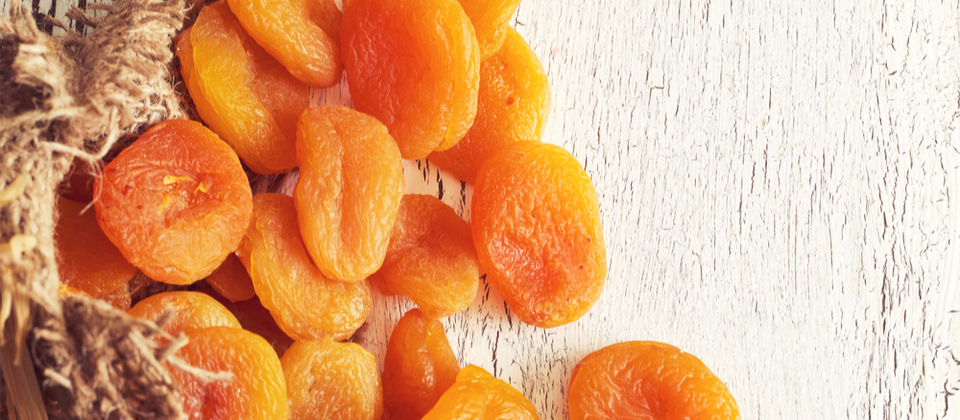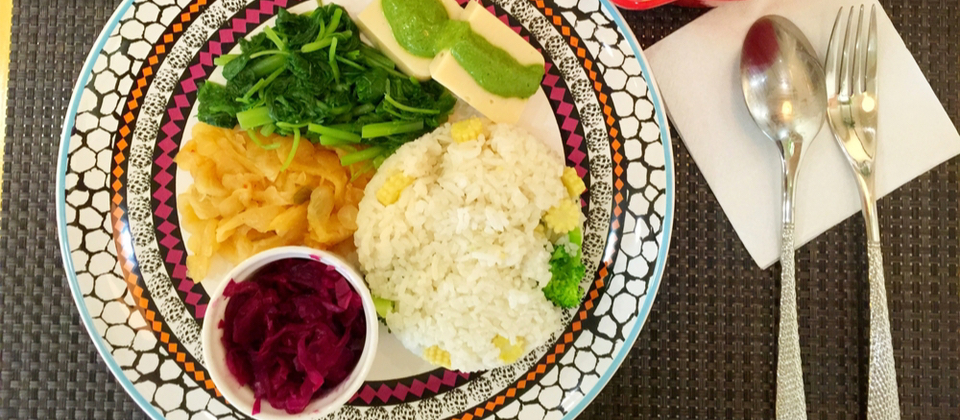
The Art of Dosha Dining
Posted on July 18, 2017 under ayurvedic, dosha, dosha dining, healthy eating, healthy foods
In today’s world, we’re constantly bombarded with ‘new’ diets and fads. And more than ever, people are paying attention to their dining and lifestyle choices. This time, we turned our attention to Dosha (or Ayurveda) dining, which focuses on a more individualized method, tailoring what a person should eat to their unique ‘dosha.’ Dosha is comprised of three different dominant mind/body states, Vata, Pitta, and Kapha. Goop tells us that “while all three (doshas) are present in everyone, Ayurveda proposes that we each have a dominant dosha that’s unwavering from birth, and ideally an equal (though often fluctuating) balance between the other two.”
What is the Ayurveda approach?

According to Mama Glow, the Ayurveda approach is “based on the elements of nature and the three mind-body types known as doshas; they express particular patterns of energy-unique blends of physical, emotional, and mental characteristics. They are known as Vata, Pitta, and Kapha.” This ancient science has been around since 3000 BCE, and states that “when we are in good health, we are naturally drawn to foods that nourish our bodies. This works best when our body channels are free from toxins and our hormones are not disrupted from excessive stress.”
Each of the doshas have a particular form and shape which are illustrated below. In the next section, we go into depth about what each represents, and how you can find your unique dosha type.

Vata Dosha

If you are a Vata, you probably have a thin build, with bony joints, thin skin, and dryness, as well as having the potential for creativity and spirituality. If Vata is in excess, this dosha type will experience dry skin and hair, constipation, and airiness.
Being a cold and dry dosha, the Vata needs to consume warm foods in order to stay balanced. Ideal foods include coconut and olive oil, almonds, and avocado. Cooked foods such as stews and soups are warm and calming and help provide grounding for the Vata. In addition, try adding spices such as cumin, coriander, turmeric, ginger, and saffron to your diet to aid irregular digestion. Warm and hot drinks are best. He or she may also avoid cold foods or drinks and too much caffeine, as these disturb Vata. Get started enjoying warm foods with our collection of sumptuously good soup recipes!
Pitta Dosha

If have a medium frame, you’re probably a Pitta. This dosha typically has sensitive skin, works hard, and is a natural-born leader. If a Pitta is unbalanced, he or she may experience inflammation, skin redness, and anger.
Pittas should aim to consume three meals a day; try to leave a couple hours between each meal, so you don’t overload your body. Eat cooling foods such as coconut water, bananas, cucumbers, and lemons to settle your digestive system. As the Pitta symbol is closely tied to the fire element, try to avoid coffee, spicy and oily foods that are overly rich, and salty or sour foods. Veggies like broccoli, asparagus, cauliflower, green beans, mushrooms, and lettuce are great choices for a Pitta. When it comes to consuming fruit, look for tasty options like mangoes, melons, oranges, pears, and pineapples. Try to stay away from spices as they are generally too heating for the already-hot Pitta dosha.
Check out our summer recipe roundup for a collection of delicious summery meals to help you to feel light!
Kapha Dosha

Kaphas are the largest of the dosha body types, and they are characterized as having oily and thick skin. If you’re a Kapha, you may be calm and love to sleep (but to be fair, who doesn’t?). If the Kapha is unbalanced, weight gain, cellulite, and excess mucus in the body can result, as well as swelling, depression, tiredness, and puffiness.
If you identify as a Kapha, try to eat raw or lightly-steamed veggies, which can enhance movement and aid the digestive system. Eliminate dairy products to reduce mucus production, and avoid processed starches such as cookies, cakes, and breads to avoid weight gain. Aim for leaner foods and stay away from the heavier varieties, and avoid sugar and over-consumption of salt. For a collection of delectable recipes to get you started, check out our salads, side dishes and tasty grains!
What do you think of the Ayurveda approach? Let us know on our Facebook page!



